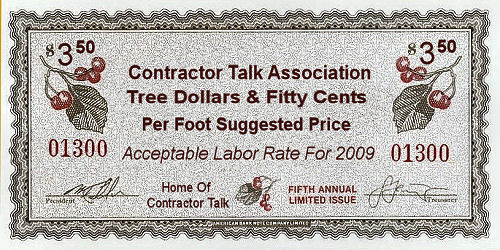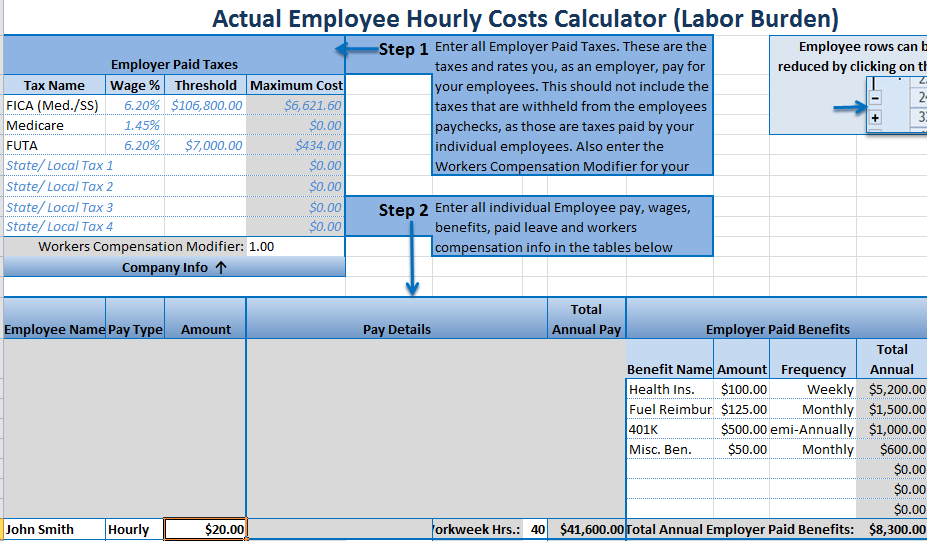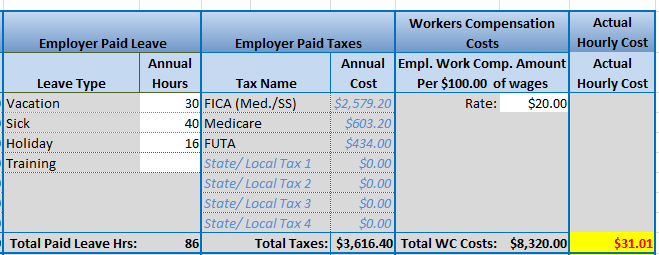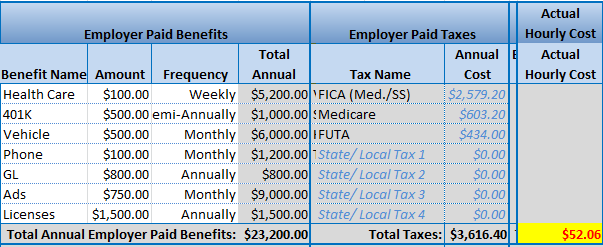 This week, the Let’s Blog Off crew threw us an interesting twist, and it all started with them using a statement for the title instead of the normal shortened question, namely “If you can’t afford the tip, you can’t afford the meal.” They then proceeded to ask quite a few hard hitting questions on dealing with pricing, expectations, and value. In short if you run a business or looking at running one, this week’s Let’s Blog Off that deals with how other successful companies & individuals view, sell & succeed in this transitional economy with all its multiple hidden costs is one not to miss.
This week, the Let’s Blog Off crew threw us an interesting twist, and it all started with them using a statement for the title instead of the normal shortened question, namely “If you can’t afford the tip, you can’t afford the meal.” They then proceeded to ask quite a few hard hitting questions on dealing with pricing, expectations, and value. In short if you run a business or looking at running one, this week’s Let’s Blog Off that deals with how other successful companies & individuals view, sell & succeed in this transitional economy with all its multiple hidden costs is one not to miss.
While seeing and understanding how others deal with this morass of issues can be beneficial, for many new companies and individuals the biggest issue is more basic; how do I come up with a price or how much should I charge? In the construction industry alone, I wouldn’t be surprised if billions aren’t spent annually on estimating programs and consultants by companies trying to find that mystical prefect price. This doesn’t include the numerous companies that quite simply find out that the “Going Rate” is really the going out of business rate and then proceed to lose their shirt at a minimum.
In its simplest form, the price of anything (whether a job, meal, or product) needs to cover and is comprised of 4 basic components: labor costs, material costs, overhead, and profit. If you don’t know what your material costs are or why you need a profit, you really do need to see a business coach like SCORE(which really would be a good idea anyways, especially as it is free). The biggest issue I see many have is figuring out that charging $20 or even $100 an hour is not the same as making $20 or $100 an hour. Let’s look at a few examples…
Calculating Base Labor Rate (employee):
Many new businesses are started up by those that have only been employees and do not know about all the hidden costs an employer faces. This of course doesn’t include those that can’t figure out why they may only get $20 an hour & yet their employer charges so much more for their hard work. With that in mind & using an Excel spreadsheet put together by Randy Austin of Excel-4-Business for a webinar on Remodel Crazy (which includes link to free spreadsheet) let’s take a quick look at an example based on that $20 n hour. What is nice about this spreadsheet is it shows and breaks apart all the hidden taxes & fees that an employer pays which equates to the actual labor burden.

In this example we see the employers portion of the Social Security & Medicare tax (if you are self-employed you have to pay both the employee & employer portions), Unemployment taxes, Workman’s Comp & of course any employee benefits your company may offer. In the example shown, in order for a business owner to be able to pay an employee $20 an hour, they have to charge at minimum $31.01 an hour.
Calculating Base Labor Rate (Working Owner)
I can see a few people out there going – ok, so if I want to make $20 an hour running my own company, I should charge… hmmm, no let me round that up so I can eat steak occasionally… $35 an hour. Well not so fast, as an owner you have one other major issue & that is the number of hats you are required to wear, especially the sales hat. Due to the amount of hats, very few owners (especially new ones) will ever be working 40 billable hours a week, especially for the 50 weeks a year we used in the above example. Most new owners would be lucky to get 1200 billable hours in a year even though they may put in 50 or 60 hours a week. But just to be nice, I went with 1500 in the example below.

Granted, I know you might go, but I don’t have to pay for Unemployment or even Workman’s Comp. for myself. With that said, you still need to worry about Short Term & Long Term Disability just in case something does happen. For the most part it is a wash, so we simply left it in for this example, so now you are looking at billing out at $41.95 an hour just so you can make $20 an hour. I should also mention that there are plenty of industries where an employee might put in 40 hours in a week, but only average 30 billable hours per week.
Overhead:
Ahhh the dreaded overhead which includes not only backroom personal (receptionist, accountant, lawyer, etc…), but advertising, rent, insurance, utilities, and numerous other costs of doing business that are not easily attributed to a single job.
Markup Based System:
This is one of the most popular types of systems used by those in the trades where they offer both a product and service. In the simplest terms, all the OH & P is added together to arrive at a percentage (aka margin) required to make it. Unfortunately many people make one big mistake and that is forgetting that the percentage is a part of the total and not just an add-on.
For example using the insurance companies popular 10 & 10 (yeah right…) taking a $10,000 job (at cost) and simply multiplying by 1.2 you would get a sales price of $12,000. Unfortunately that $2,000 markup only equates to a 16.67% margin or an immediate loss of $500. In order to get the proper margin required you need to take the job costs and divide by .8 to get the proper total of $12,500. (The easiest way to get arrive at this is to take the % required (i.e. 20% or .20) and subtract from 1 (i.e. .8))
Capacity Based System:
This system is more popular for service heavy companies. In the simplest terms, all the OH&P is added into the labor burden. While this sheet is not setup to handle a capacity based system, with a few tweaks we can show a quick example. Using the same numbers as above for the owner example, we added in some rough numbers for advertising, phones, general liability insurance, vehicle costs, & licenses. In this example we have gone from $41.95 an hour to billing $52.06 or a percentage increase of 19.4%.

To Learn More:
On the construction front, I would definitely recommend checking out Michael Stone & his Markup & Profit Site, and checking out all the free advice on sites like Contractor Talk, and Remodel Crazy (just don’t ask how much do I charge for…) Don’t forget to also check out your local Chamber of Commerce, SBA office and SCORE as they really do want to help you succeed. Last and certainly not least, you might want to check out the rest of this week’s Let’s Blog Off participants below, I don’t think you will be disappointed.

…

I was in a cabinetmaking guild for a long time, and we used
to go through this on a regular basis: how much would you charge for
such-and-such a job and why? It is very difficult to come up with something
because you know the other guy may well charge less, and you want to be able to
compete with him. Do enough of that price-cutting, though, and you end up not
making any money at all on it!
Thanks Joe & that does bring up a few good points, though I dare say unless the other company makes the exact same or better product then price isn’t the main factor unless you make it about it.
I was in a cabinetmaking guild for a long time, and we used
to go through this on a regular basis: how much would you charge for
such-and-such a job and why? It is very difficult to come up with something
because you know the other guy may well charge less, and you want to be able to
compete with him. Do enough of that price-cutting, though, and you end up not
making any money at all on it!
I was in a cabinetmaking guild for a long time, and we used
to go through this on a regular basis: how much would you charge for
such-and-such a job and why? It is very difficult to come up with something
because you know the other guy may well charge less, and you want to be able to
compete with him. Do enough of that price-cutting, though, and you end up not
making any money at all on it!
Thanks Joe & that does bring up a few good points, though I dare say unless the other company makes the exact same or better product then price isn’t the main factor unless you make it about it.
Great post, Sean!
I’m glad we were on the same page!
Thanks James nice post today also - I also did an edit to this article posting to the CPM course you have on your site & hopefully sometime I will get a chance to review it
I REALLY appreciate you doing that and would love your feedback.
Great post, Sean!
I’m glad we were on the same page!
Great post, Sean!
I’m glad we were on the same page!
Thanks James nice post today also – I also did an edit to this article posting to the CPM course you have on your site & hopefully sometime I will get a chance to review it
I REALLY appreciate you doing that and would love your feedback.